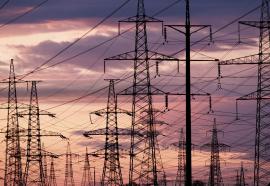While both NERC and the NERC regional councils (known today as the Electric Reliability Organization) have standards and guidelines for resource adequacy and system reliability, much of the specificity as to how interruptible (e.g., demand-side) and intermittent resources (e.g., wind) are included is left up to the individual ISO/RTOs, states, provinces, etc. In fact, the various regions across North America each seem to have their own methodology for incorporating these resources into their resource adequacy and reserve-margin calculations. As the North American energy industry escalates its desire to reduce greenhouse-gas emissions through the expanded use of demand-side resources and intermittent renewables, the importance of this topic also will escalate.










